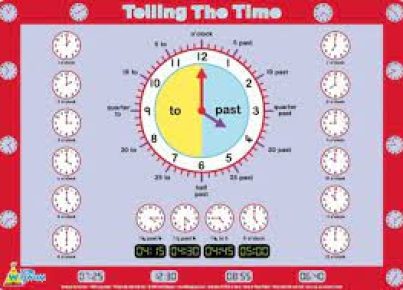Introduction:
A school-wide fluency challenge is an excellent way to engage students in improving their reading, speaking, and writing skills. Organizing a successful challenge involves careful planning, collaboration, and dedication from all participants. In this article, you’ll find suggestions on how to hold a school-wide fluency challenge that meets these objectives.
Step 1: Determine the Scope of the Challenge
Before you start organizing the event, determine the specific aspects of fluency your challenge will focus on. These can include reading comprehension, speed reading, written expression, and oral storytelling. Identify the target age groups and grade levels that will participate in the event. Understanding the scope helps ensure you establish realistic goals and expectations for both students and educators.
Step 2: Establish Goals and Metrics for Success
Once you’ve determined the scope of the fluency challenge, outline clear goals and objectives for participants to strive towards. Develop a uniform grading system or rubric to evaluate student performance fairly and accurately. Consider incorporating qualitative feedback such as personal reflections or peer assessments to create an immersive learning experience.
Step 3: Involve Teachers, Staff, and Parents
A successful school-wide fluency challenge requires teamwork from everyone involved. Coordinate with teachers to develop lesson plans that incorporate the challenge into their existing curriculum seamlessly. Additionally, seek support from administrative staff and parent volunteers in organizing resources and providing encouragement throughout the event.
Step 4: Develop Activities & Assignments
Create engaging activities and assignments tailored to address each grade level’s specific needs related to fluency. Some ideas include comprehension quizzes for younger readers or speech preparation workshops for upper-grade students. Make sure to provide ample time for practice, revisions, or extra support when needed.
Step 5: Monitor Progress & Provide Feedback
Regularly check-in with participating students throughout the challenge period. This will help motivate them, address potential challenges early on, and reinforce a positive learning environment. Provide constructive feedback on their progress, highlighting strengths, and offering guidance for improvement.
Step 6: Host a Fluency Showcase
Celebrate your students’ achievements by hosting a fluency showcase where they can demonstrate their newly acquired skills to parents, staff, and community members. This event can include oral readings, storytelling performances, or even group presentations.
Step 7: Evaluate & Reflect
After the challenge has concluded, take time to reflect and evaluate the overall success of the event. Gather feedback from participants, parents, and staff to identify areas for improvement and celebrate successes. Use this information to inform the planning of future fluency challenges and refine your approach.
Conclusion:
A school-wide fluency challenge is an engaging way to support students in developing essential language skills that will benefit them throughout their educational journey. By following these steps and fostering a supportive environment for learning, you can create a memorable and impactful event for everyone involved.





